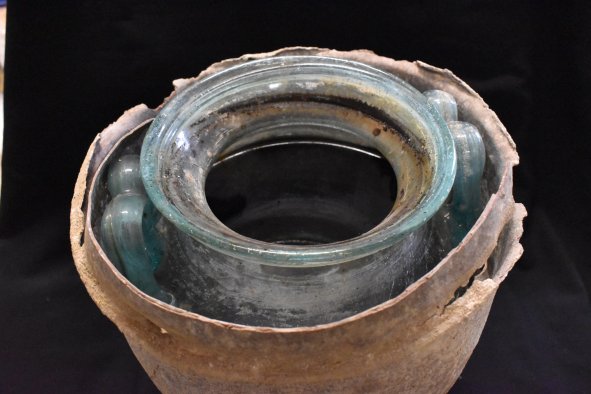Over a year after a train derailed in a small Ohio town, spilling a cocktail of toxic chemicals into the environment, scientists have mapped just how far these pollutants traveled.
Up to 540,000 square miles, spanning 16 U.S. states surrounding the site in East Palestine, Ohio, had some traces of the inorganic chemicals released during the disaster, according to a new paper in the journal Environmental Research Letters.
"In total, we estimate at least some impact on portions of 16 states and one third of the population of the U.S. (110 million), and likely impacts to southern Ontario, and many of the Laurentian Great Lakes," the researchers wrote in the paper.
The East Palestine, Ohio, train derailment on February 3, 2023, involved a Norfolk Southern freight train carrying a variety of hazardous materials. At approximately 8:55 p.m., 38 of the train's cars derailed. The derailed cars included those carrying vinyl chloride, butyl acrylate, and benzene, among other hazardous substances, which were released into the environment after the incident.
A controlled burn of many of the chemicals was performed afterward to prevent an explosion, sending up a plume of black smoke. This smoke may have contained a number of other hazardous chemicals, including phosphene gas—used as a chemical weapon in World War I—which forms when vinyl chloride is burned.
The new study has found that inorganic pollutants spread far and wide after the disaster, with unusually high (alkaline) soil pHs being recorded in rainfall across a vast spread of the U.S., as well as abnormally high levels of chloride ions.
"Our measurements not only show the expected high chloride concentrations, but also the vast geographical area they covered," study co-author David Gay, a coordinator of the National Atmospheric Deposition Program (NADP), said in a statement.
"However, even more surprising are the unexpectedly high pH levels (more basic) and exceptionally elevated alkali and alkaline earth metals, exceeding the 99th percentiles of the last ten years of measurements."
High levels of sodium, potassium, ammonium and calcium ions were also detected in a variety of locations following the derailment.
"From these observations, we can conclude that the major consequence from the accident was a widespread multi-pollutant impact over multiple states that extended beyond the accident week," the researchers wrote in the paper. "We estimate that the accident influenced a substantial portion of the U.S. Midwest and Northeast, and extending into several southern states. In total, the impacted region encompassed parts of 1.4 million square kilometers [540,000 square miles] or 14 percent of the U.S. land area. At this level of certainty, 19 sites had at least one chemical compound in the 99th percentile, while 8 sites had 4 or more compounds in the 99th percentile."
These chemicals being present in precipitation may have had a number of impacts on the local plants and animals in these locations, the authors suggest, and note the degree of chemical pollution that can fall to Earth in the rain after an accident such as the derailment.
"All of these pollutants are important in the environment because their accumulation has an impact on the Earth's aquatic and terrestrial environments in many ways," Gay said.
"This study demonstrates the important role of a nationwide network for routine precipitation monitoring. Our observations allowed us to determine the regional atmospheric impact from the accident and subsequent response activities."
Do you have a tip on a science story that Newsweek should be covering? Do you have a question about chemical pollution? Let us know via science@newsweek.com.
Disclaimer: The copyright of this article belongs to the original author. Reposting this article is solely for the purpose of information dissemination and does not constitute any investment advice. If there is any infringement, please contact us immediately. We will make corrections or deletions as necessary. Thank you.



